Lapsang Souchong is produced in Wuyishan, Fujian Province. Along with Waishan Souchong , it is classified under the category of Souchong black tea. First created in Chong'an County, Fujian Province, Lapsang Souchong is the world's earliest black tea, earning it the title of the "ancestor of black tea." This tea boasts a history spanning over 400 years.
Lapsang Souchong is renowned as one of the world's top three highly aromatic teas. It boasts a rich and robust flavor with a lingering sweet aftertaste, leaving drinkers feeling both physically and mentally refreshed and at ease. Its intense aroma and smooth, full-bodied taste make it a truly exceptional tea experience.
History of Lapsang Souchong

Lapsang Souchong has a long and storied history. In 1717, Lu Yancan, the magistrate of Chong'an County, mentioned in his book "Xu Cha Jing" (The Continuation of the Classic of Tea): "Wuyi tea from the mountains is called rock tea, and tea from the watersides is called island tea... The best is called Gongfu tea, and above Gongfu tea, there is Souchong ..." This was the first mention of the term "Souchong"
In the mid to late Ming Dynasty, the world's first black tea, Lapsang Souchong, was created in Tongmu Village, Xingcun Town, Wuyishan City. The creation of black tea was a serendipitous event. According to legend, a Ming Dynasty army camped overnight at a tea factory, using fresh tea leaves as bedding. This caused the leaves to become compressed and fermented, turning black and emitting a distinctive aroma. In desperation, the tea farmers dried the leaves over pine wood fires and then took them to the distant Xingcun market to sell. Unexpectedly, the following year, buyers were eager to place early orders. Consequently, Tongmu Village ceased producing green tea and focused exclusively on making Lapsang Souchong.
During the mid-Qing Dynasty, Lapsang Souchong reached its peak of popularity. In 2005, the descendants of the Jiang family in Tongmu Village developed Jin Jun Mei based on Lapsang Souchong, revitalizing the black tea industry and sparking a renaissance for Chinese black tea.
Quality Characteristics
Lapsang Souchong is a fully fermented tea classified under black tea. It features a glossy black color, with tea liquor ranging from orange-yellow to reddish-brown. This tea is known for its unique pine smoke aroma and lychee-like flavor. The infused leaves are bright red, uniformly shaped, and the tea has a rich, full-bodied taste with a strong, sweet aftertaste.

Varieties and Grades
Lapsang Souchong is categorized based on whether pine needles or pine wood were used during the production process. There are two main types:
- Smoked Lapsang Souchong: Processed with pine needles or pine wood smoke.
- Unscented Lapsang Souchong: Not smoked.
Based on the quality and harvesting standards, Lapsang Souchong is further divided into:
- Jin Jun Mei: Made from the finest buds and has a higher quality.
- Yin Jun Mei: Slightly lower quality than Jin Jun Mei.
- Xiao Chi Gan: Made from smaller leaves.
- Da Chi Gan: Made from larger leaves.
Tea Picking
The Picking of Lapsang Souchong takes place before the Qingming Festival(Around early April.), focusing on picking tender buds. After harvesting, the tea leaves need to be sorted and graded, removing any fragments. The production process includes several critical steps: withering, rolling, fermentation, and baking. Baking is a particularly crucial step, as it is during this process that the distinctive pine smoke aroma is imparted to the tea.
Tea Frying Process

The production process of Lapsang Souchong is unique and involves several key steps: withering, rolling, fermentation, smoking, sieving, and re-baking. Each step requires specific techniques and careful handling by the tea farmers.
- Withering: The freshly picked tea leaves are evenly spread out on bamboo trays to naturally wither. This process takes about 2-3 days.
- Rolling: The withered tea leaves are hand-rolled into strips. The rolling pressure must be moderate to avoid breaking the leaves.
- Fermentation: The rolled tea leaves are placed in a special fermentation room. This process takes about 12-18 hours.
- Smoking: After fermentation, the tea leaves are smoked using pine wood. The purpose of smoking is to enhance the tea's aroma and color.
- Sieving: The smoked tea leaves are sieved to remove impurities and broken leaves.
- Re-baking: The sieved tea leaves undergo a second round of smoking to further enhance their aroma and color.
This meticulous process ensures that Lapsang Souchong retains its distinctive characteristics and high quality.

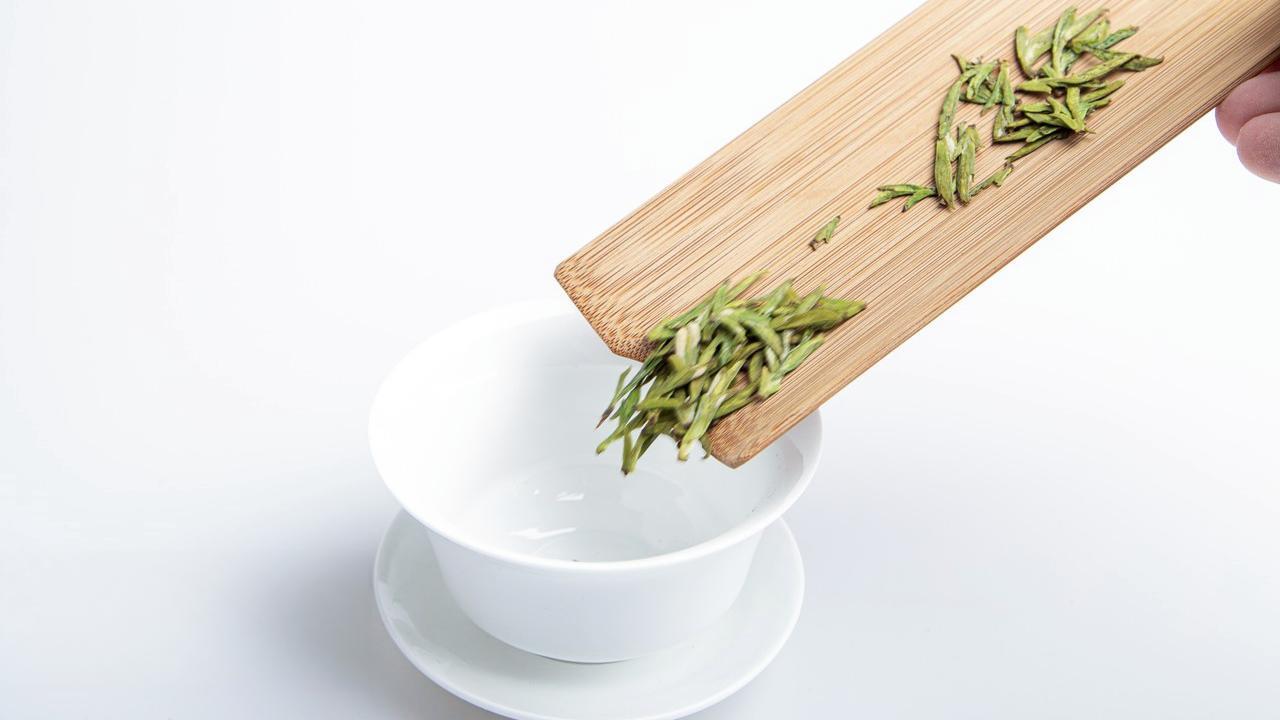
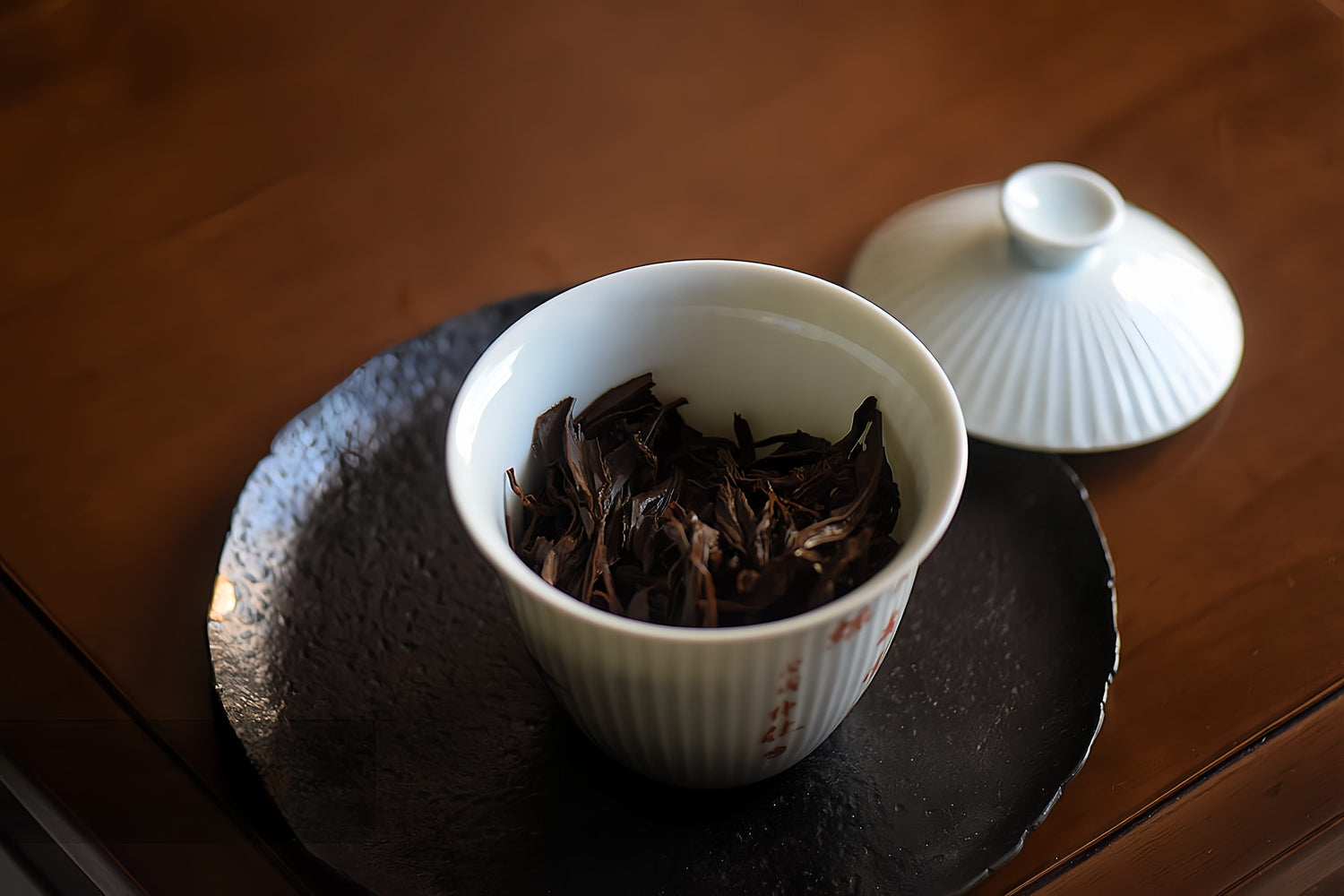
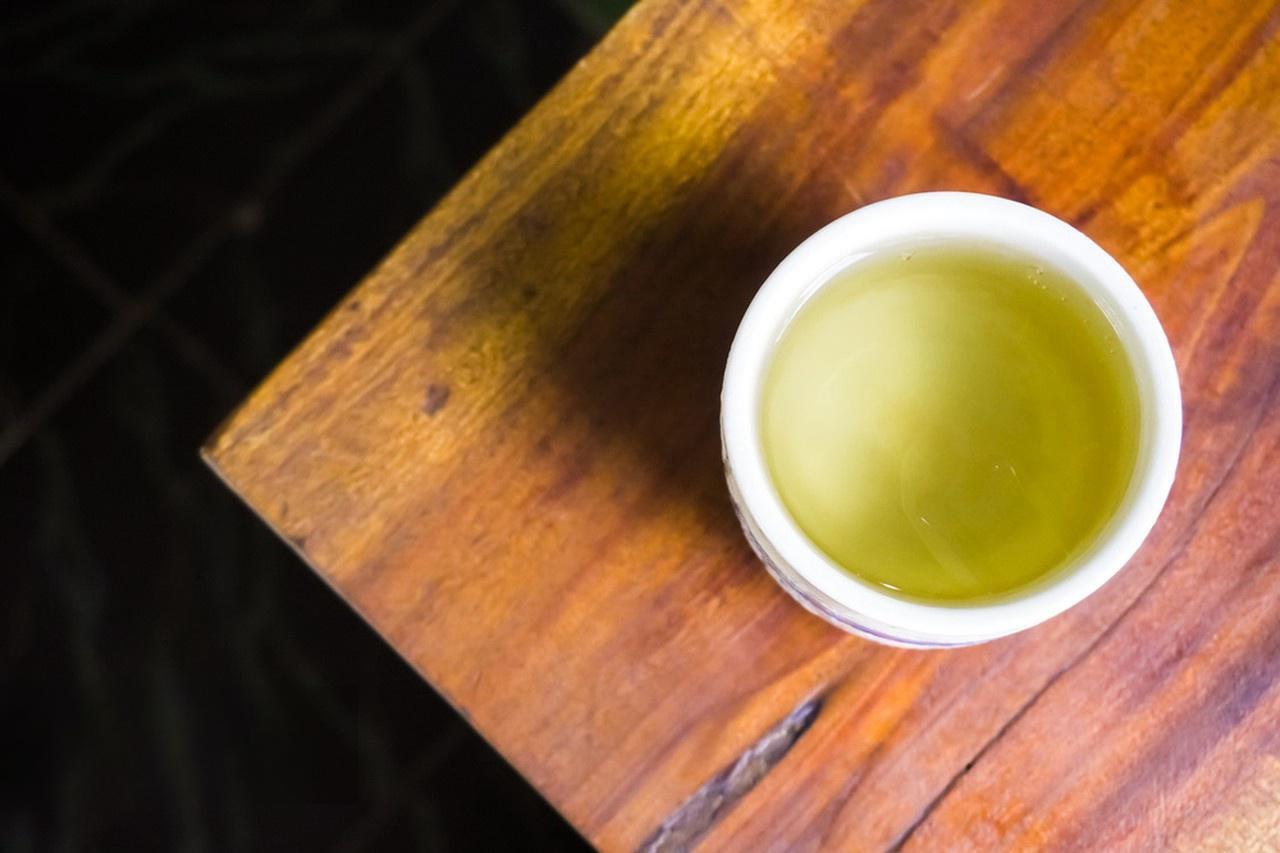
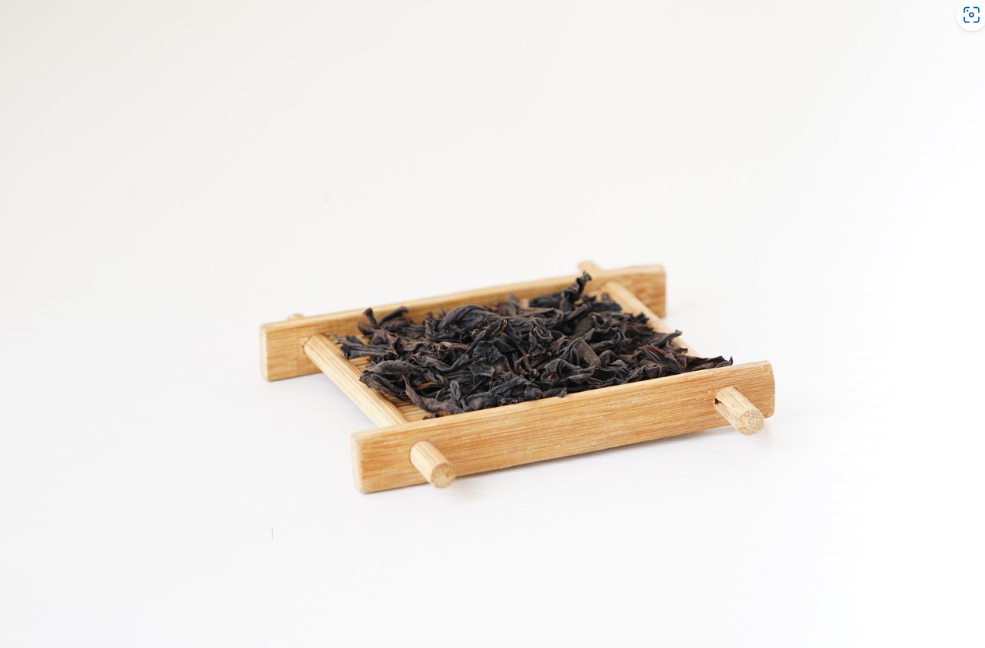
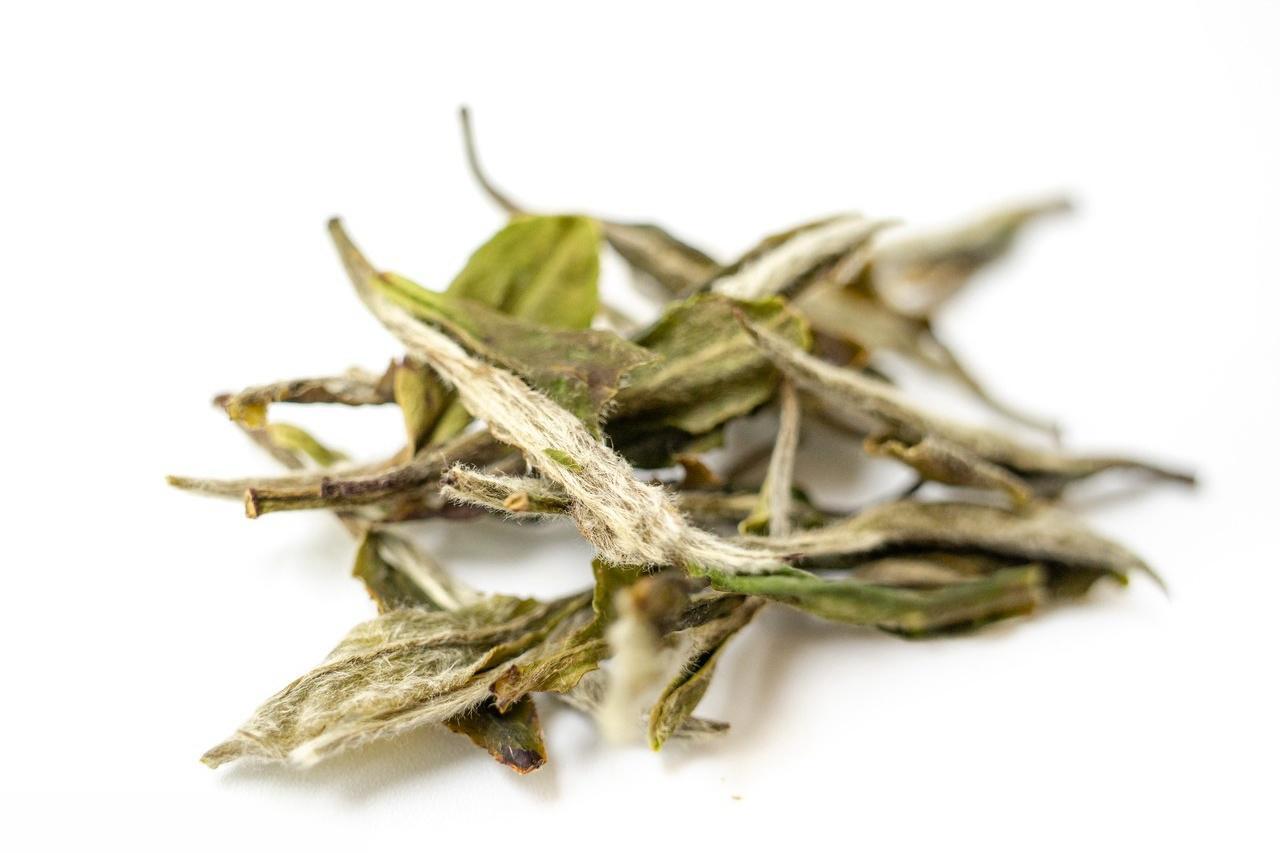
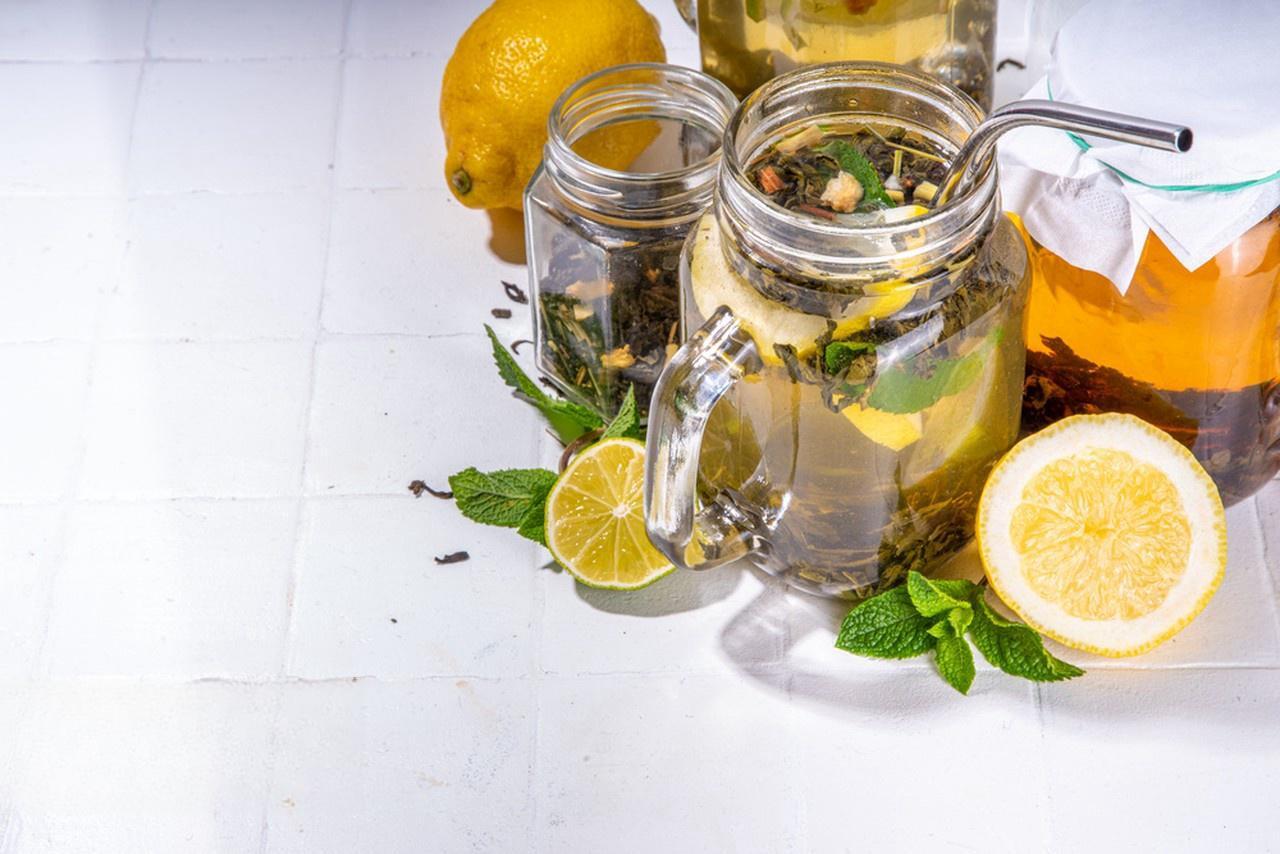
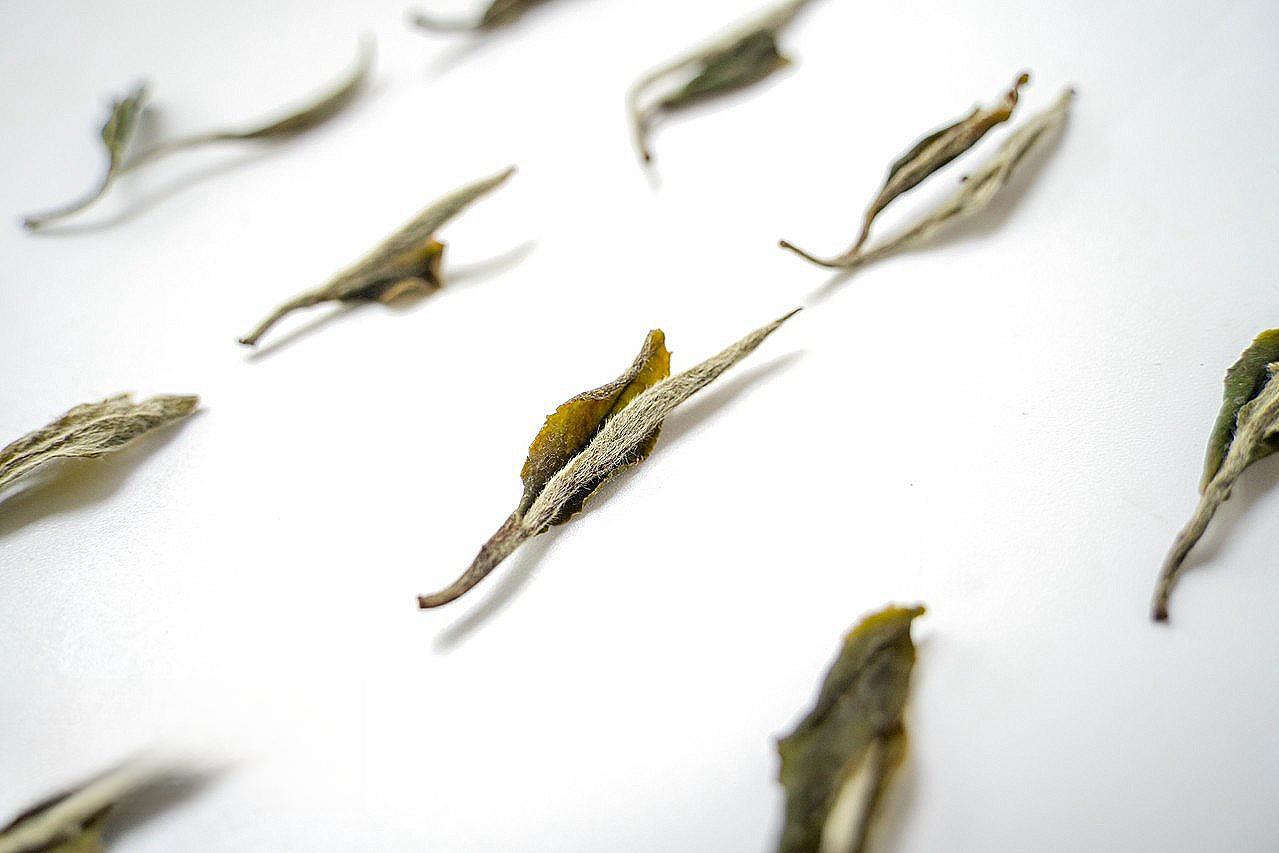
Leave a comment
All comments are moderated before being published.
This site is protected by hCaptcha and the hCaptcha Privacy Policy and Terms of Service apply.